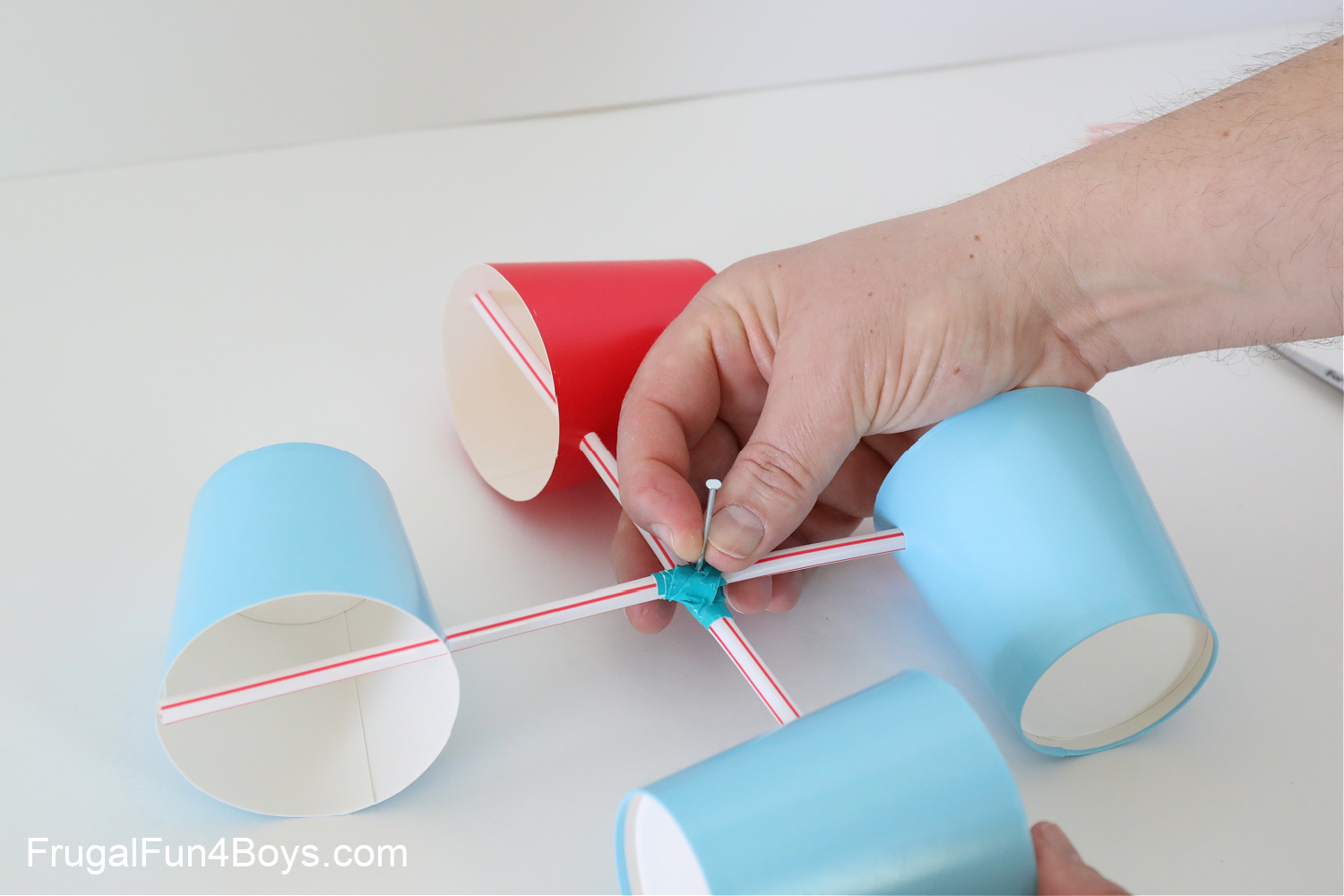Selecting the Right Anemometer: A Comprehensive Buying Guide
All You Need to Know About Anemometers: Just How They Work, Why They Matter, and Where to Utilize Them
Anemometers, however frequently forgotten in the world of clinical tools, play an essential duty in different fields, supplying important insights into wind rate and air movement patterns. As we dive into the details of anemometer innovation, we will uncover the internal operations of these gadgets, their value, and the essential factors to consider when choosing the right anemometer for details applications.

Anemometer Fundamentals
A necessary tool made use of to determine wind rate and instructions, the anemometer plays an essential role in meteorology and various sectors. An anemometer usually contains three or 4 cups that rotate in the wind, a vane that aims right into the wind, and sensors to track the rotations or motions. By computing the rotations or motions over a particular time duration, the anemometer can figure out wind speed. The vane helps establish wind direction by aiming right into the wind, supplying valuable data for weather forecasting, aviation, maritime procedures, environmental surveillance, and wind power applications.
There are different kinds of anemometers available, consisting of cup anemometers, vane anemometers, hot-wire anemometers, and sonic anemometers, each with its distinct functions and applications. Mug anemometers are frequently used for fundamental wind speed measurements, while vane anemometers are chosen for directional measurements. Hot-wire anemometers appropriate for reduced airspeeds, and sonic anemometers are excellent for high-precision measurements in research study and industrial settings. Recognizing the basics of anemometers is crucial for exact wind data collection and analysis across various industries.
Concepts of Anemometer Operation
Structure on the foundational understanding of anemometer essentials, the concepts of anemometer operation illuminate the mechanics behind wind rate and instructions dimensions. Anemometers operate on the concept of air flow influencing a sensing unit, causing it to turn. Cup anemometers, for example, have 3 or even more mugs that capture the wind, triggering them to spin faster as the wind rate rises. The turning rate is then exchanged a wind rate measurement. Vane anemometers, on the various other hand, make use of a tail or a probe that aligns itself with the wind instructions, supplying a measurement of wind direction based upon the orientation of the sensing unit. Hot-wire anemometers rely upon a heated cable that cools off as wind overlooks it, with the rate of cooling down establishing the wind rate. Ultrasonic anemometers action wind rate and instructions by evaluating the time it considers ultrasonic signals to take a trip in between transducers. Understanding these concepts is critical for precise and reputable wind dimensions in various applications.
Relevance of Anemometers
Anemometers play a vital duty in measuring wind rate and instructions, providing necessary data for weather projecting, environment researches, environmental tracking, and air travel procedures. Meteorologists count on anemometers to collect exact wind data, helping them recognize weather patterns, predict storms, and concern prompt cautions to the public. Wind ranch drivers make use of anemometers to examine wind problems and make best use of electrical power production from wind generators.
Applications Across Different Industries
In the sustainable power industry, anemometers play a critical role in assessing wind conditions for wind ranch placements, making sure optimal power production. Industries like building and construction and mining utilize anemometers to keep an eye on wind rates, vital for safety methods, particularly when working at heights or in open-pit mines where strong winds can pose dangers. In agriculture, anemometers aid farmers in managing crop spraying by offering real-time information on wind speed to prevent drift.

Selecting the Right Anemometer for Your Needs
Selecting the appropriate anemometer tailored to your specific demands is important for acquiring exact wind rate and direction measurements. When choosing an anemometer, take into consideration variables such as the desired application, called for measurement array, environmental conditions, and preferred functions. For basic purposes, a mug anemometer is ideal for determining wind rate, pop over to this web-site while a vane anemometer gives wind instructions data. Hot-wire anemometers are perfect for low airspeed dimensions, and ultrasonic anemometers use high accuracy and sturdiness.

Final Thought
Finally, anemometers play a critical function in gauging wind rate and direction across numerous industries. Understanding the principles of anemometer procedure is crucial for picking the ideal device for certain requirements. From meteorology to air travel, anemometers are vital devices for accumulating exact information and guaranteeing safety and security in different applications. When picking the most appropriate tool for determining wind conditions., it is essential to think about the significance of anemometers in order to make educated decisions.
There are various types of anemometers offered, consisting of mug anemometers, vane anemometers, i loved this hot-wire anemometers, and sonic anemometers, each with its one-of-a-kind functions and applications. discover here Cup anemometers are typically used for basic wind speed measurements, while vane anemometers are liked for directional measurements. Hot-wire anemometers are appropriate for reduced airspeeds, and sonic anemometers are excellent for high-precision measurements in study and commercial settings.Structure on the foundational understanding of anemometer fundamentals, the principles of anemometer operation illuminate the mechanics behind wind rate and direction dimensions. For basic purposes, a mug anemometer is suitable for gauging wind rate, while a vane anemometer provides wind instructions information.